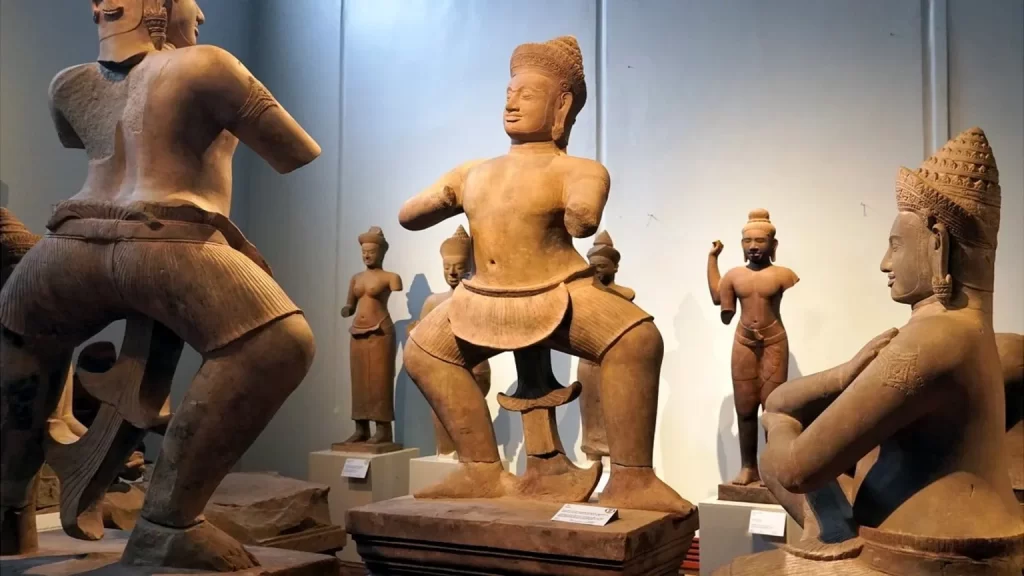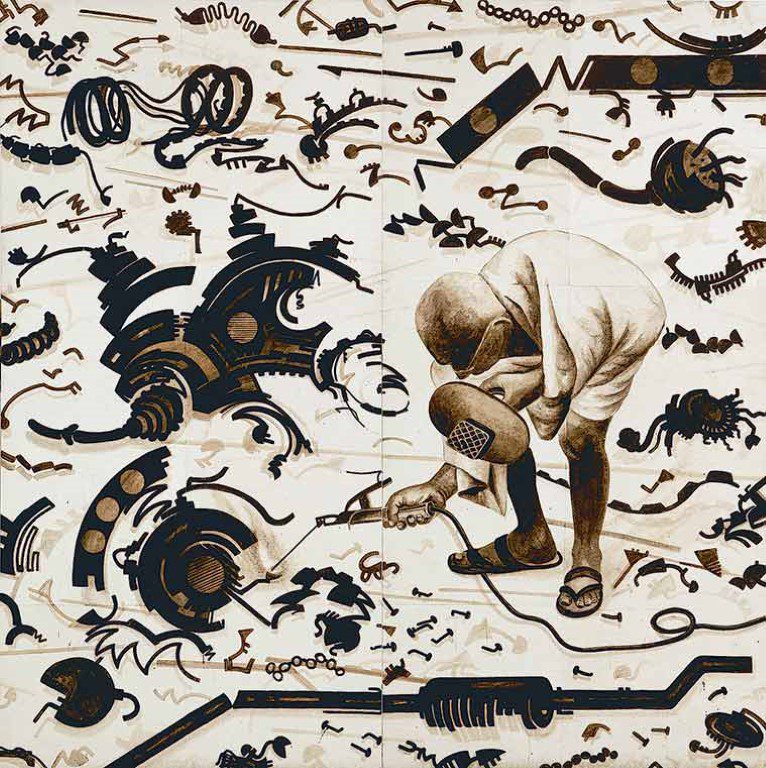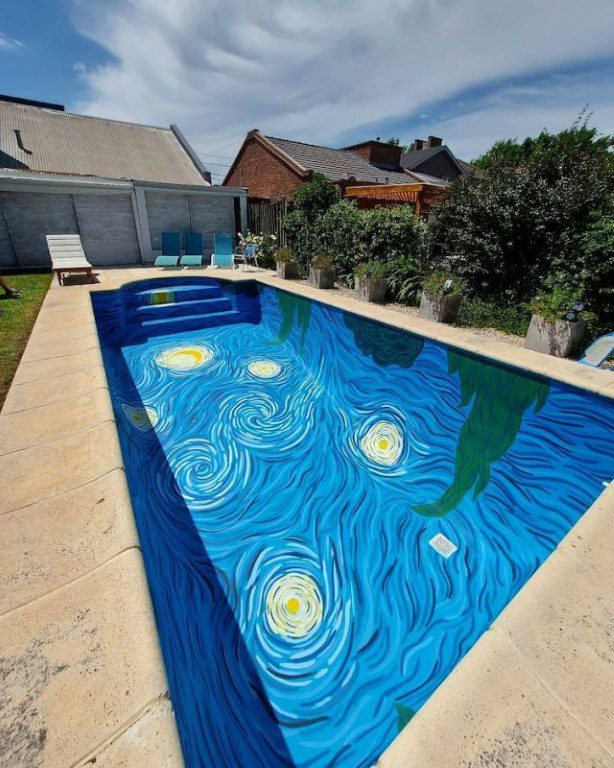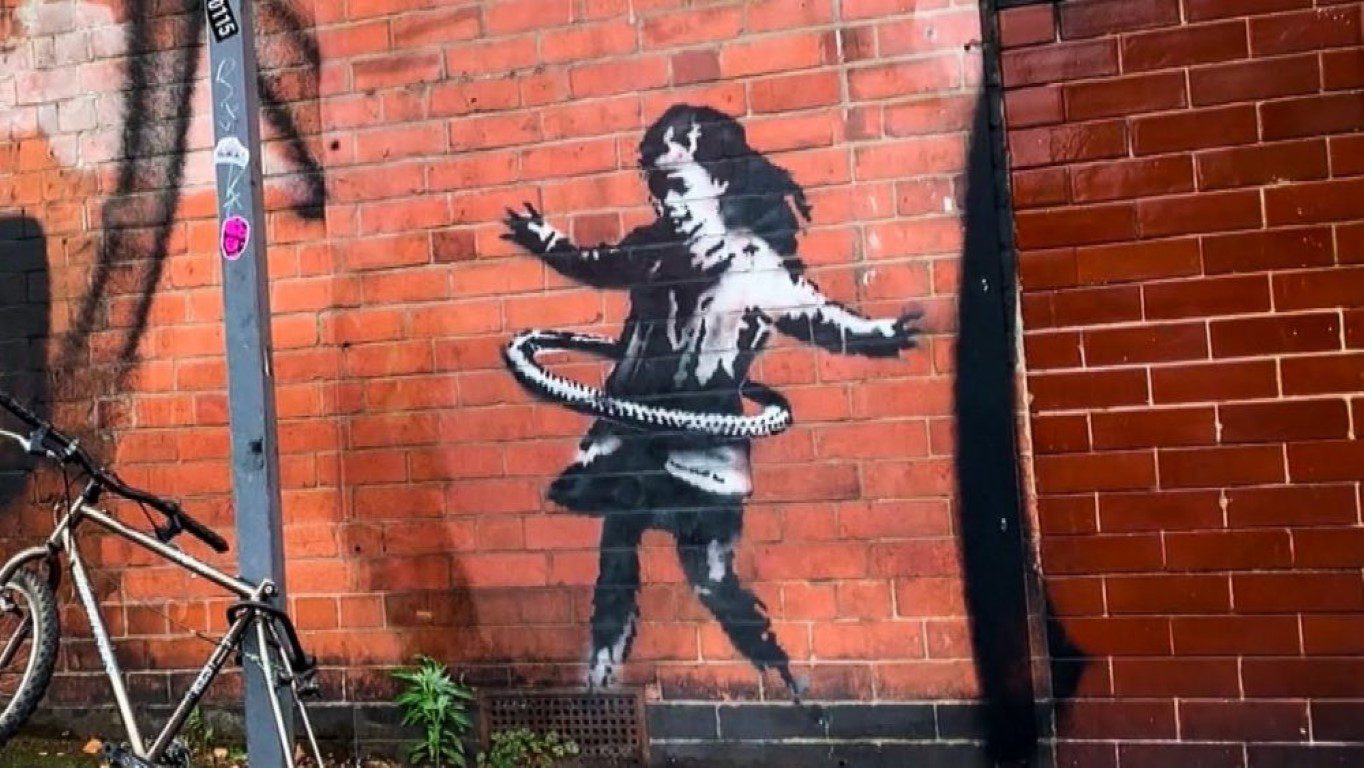After long Legal Battles for Stolen Cambodian Art in the US, The 1,000 year old Khmer Statues Return From The Art Market to Cambodian Museums
PHNOM PENH, Cambodia — On Tuesday, three ancient sandstone sculptures were returned to the Royal Government of Cambodia at the Peace Palace in Phnom Penh. The event was attended by U.S. Embassy Deputy Chief of Mission Jeff Daigle alongside Deputy Prime Minister Dr. Sok An of Cambodia. They celebrated the arrival of the 10th-century statues of Duryodhana, Bhima, and Balarama. Cambodia’s Looted Art repatriation was the result of an investigation carried out by the U.S. Immigration and Customs Enforcement’s (ICE) Homeland Security Investigations (HSI) New York and the U.S. Attorney’s Office for the Southern District of New York.
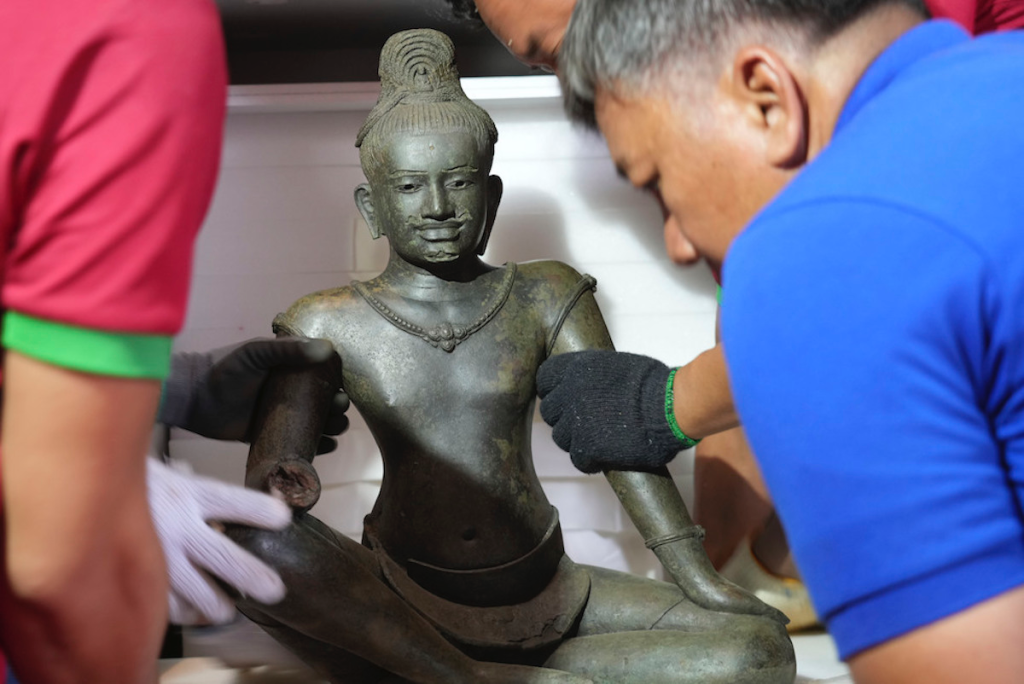
The three pre-Angkorian sandstone sculptures are thought to have been taken from Prasat Chen at the Koh Ker temple complex during the Khmer Rouge period and smuggled onto the international art market. When the Duryodhana statue was put up for auction by a house in 2010, the Royal Government of Cambodia sought support from the U.S. government to retrieve it.
The auction houses Sotheby’s and Christie’s who had acquired Cambodia’s Stolen Statues returned the Duryodhana and the Balarama statues, respectively. The Bhima was returned by the Norton Simon Museum in Pasadena, California.
In June 2013, the Metropolitan Museum of Art in New York also returned two additional statues to Cambodia. All these statues will be available for public viewing at the National Museum of Cambodia, reuniting them with their original pedestals.
HSI’s role in Cambodia’s Looted Art Repatriation
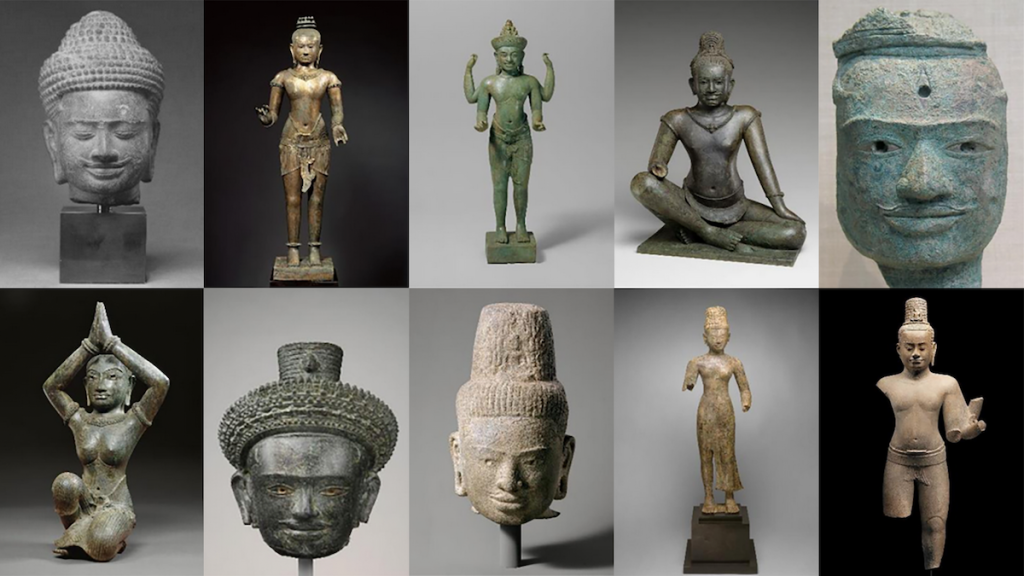
The HSI has specially trained investigators stationed in both domestic and international locations, who collaborate with governments, agencies, and specialists to safeguard cultural treasures.HSI has been leading Legal Battles for Stolen Cambodian Art.
Since 2007, over 7,150 artifacts have been repatriated to 27 countries, including paintings from France, Germany, Poland, and Austria, manuscripts from Italy and Peru dated between the 15th and 18th centuries, as well as cultural relics from China, Cambodia, and Iraq.
Cultural Heritage Preservation in Cambodia
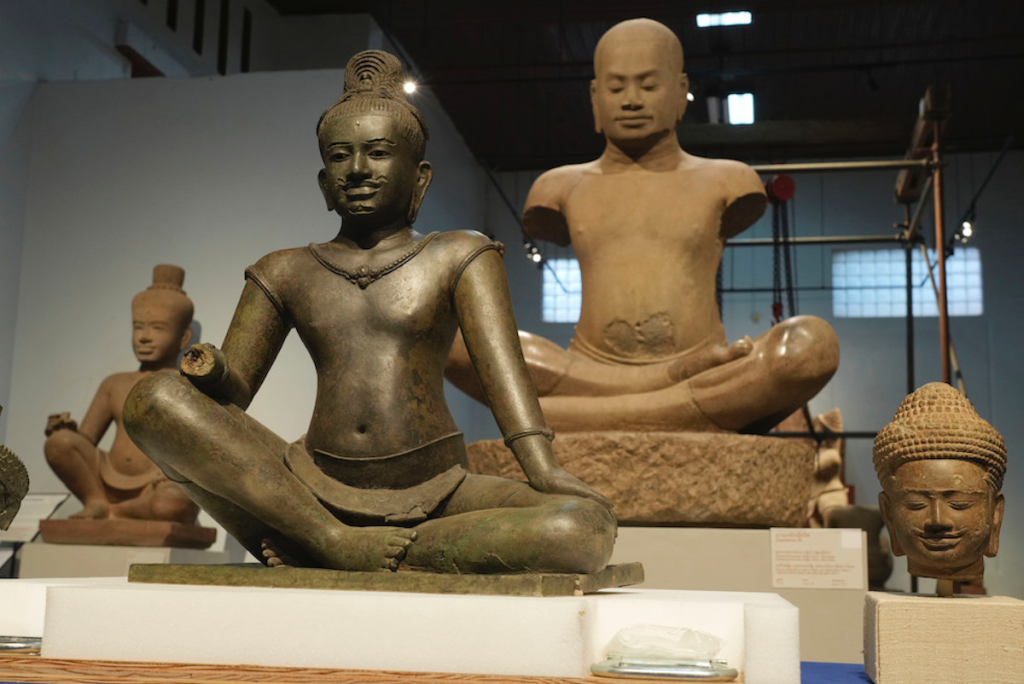
In 2018, Cambodia entered into a significant memorandum of understanding with the United States entitled “The Imposition of Import Restrictions on Categories of Archeological Material of Cambodia.” This agreement aims to diminish the motivation for the looting of invaluable archaeological items that represent Cambodia’s vibrant cultural heritage.
“After a long travel of 40 years, surviving civil wars, looting and smuggling, these three statues have recovered their freedom after returning home,” Cambodian Vice President Sok An said during the auspicious welcome ceremony Tuesday
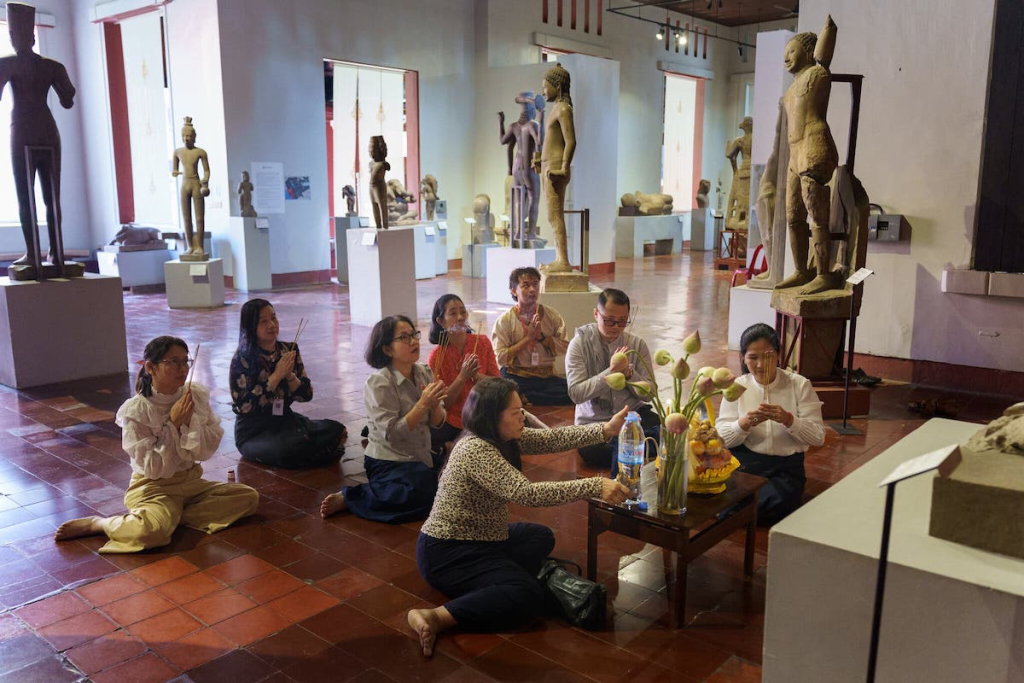
Moreover, in addition to finding appropriate exhibit space, the museum will strive to create exhibition pathways suitable for Cambodian visitors who view these statues as holding religious significance, perceiving them not merely as artistic creations but as deities that preserve the souls of their ancestors and as a bid for cultural heritage preservation in Cambodia
Feature Image Courtesy- Bopha Phorn / BBC
Contributor

